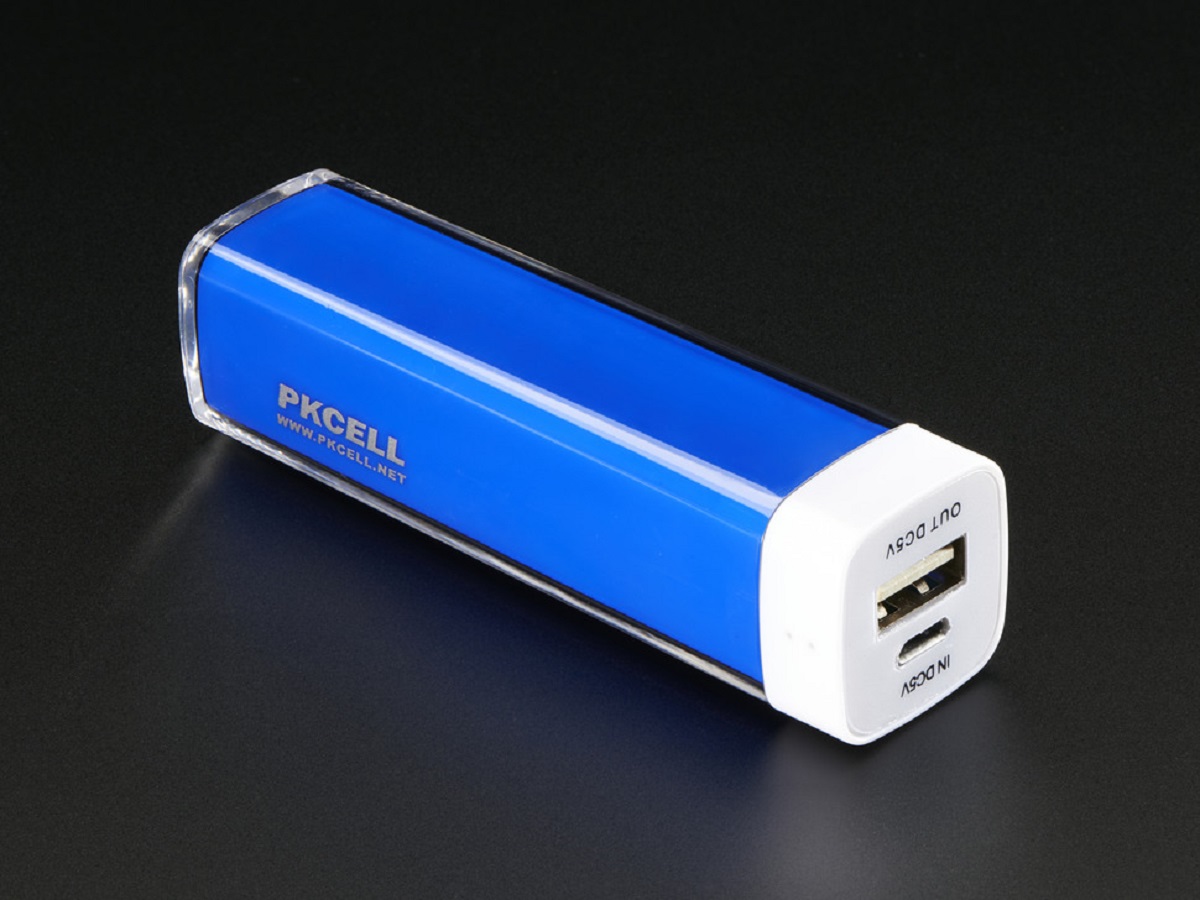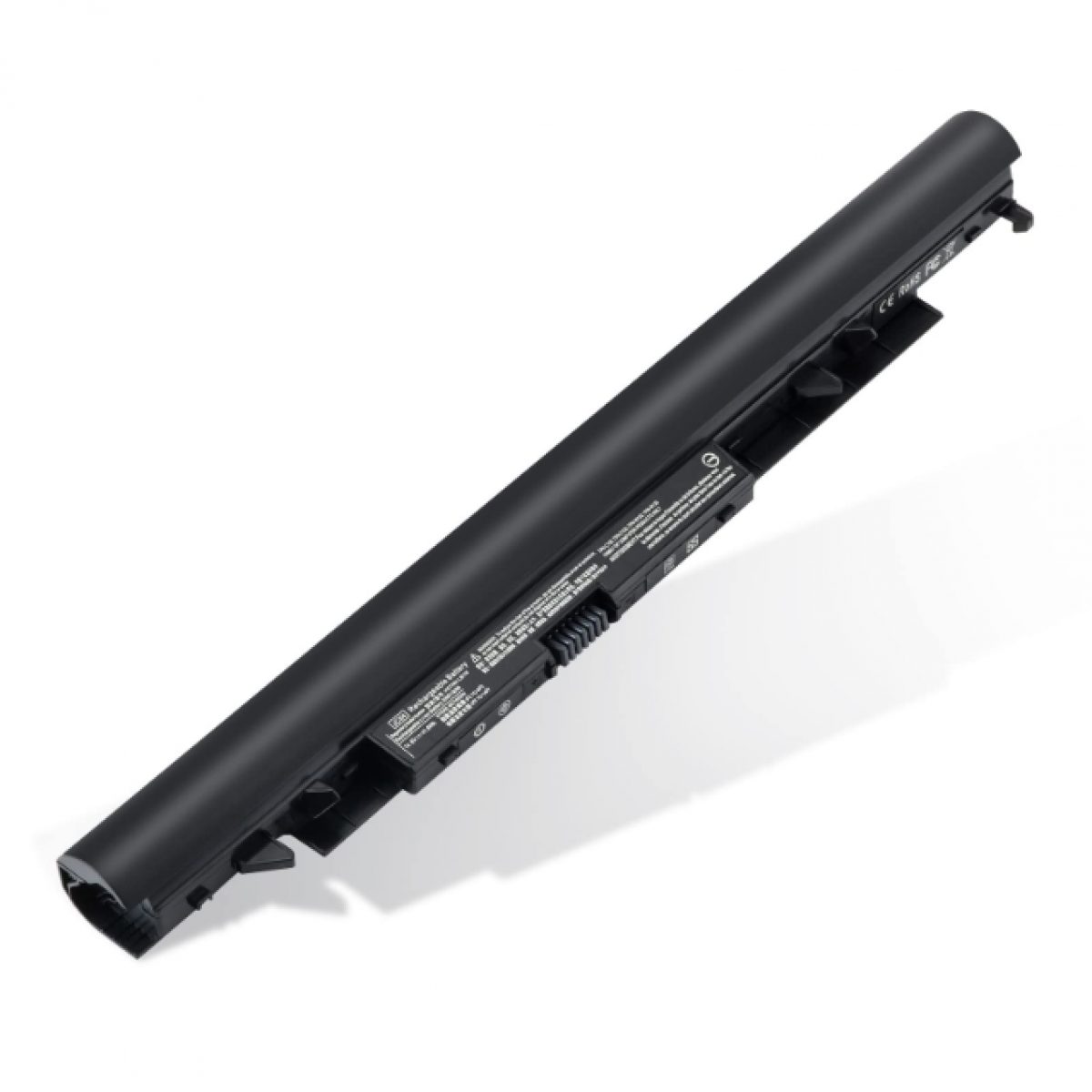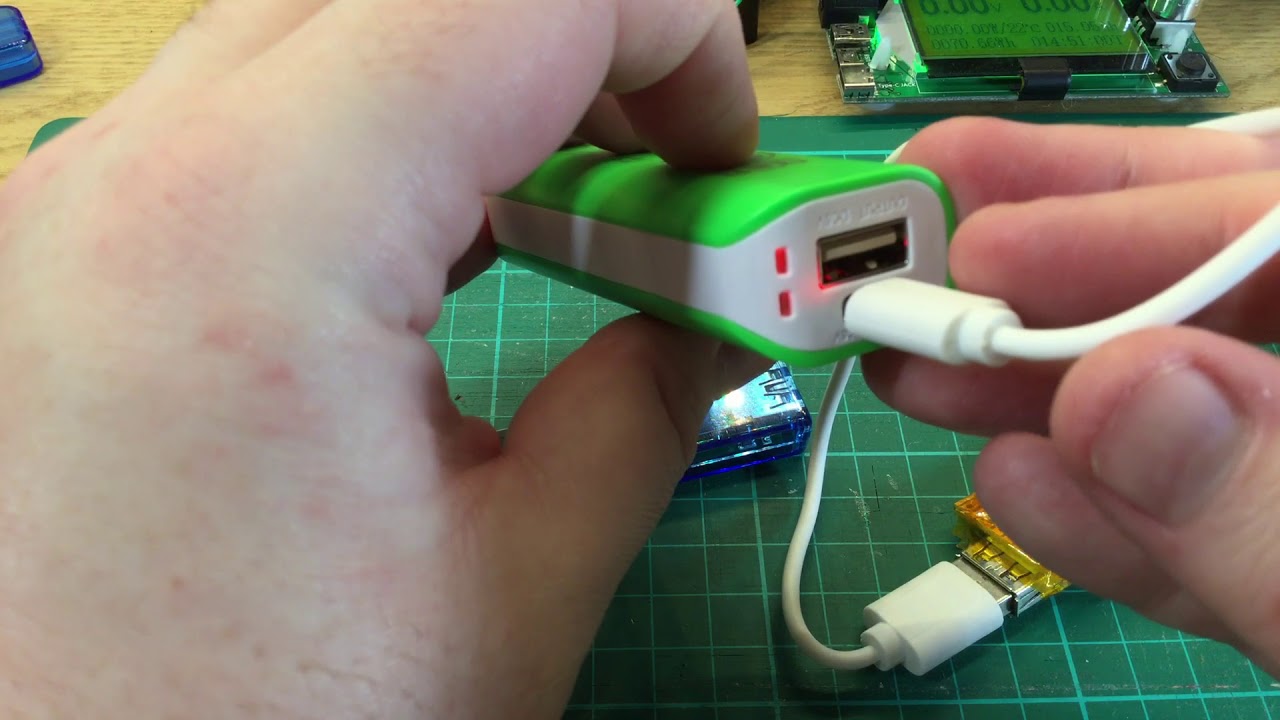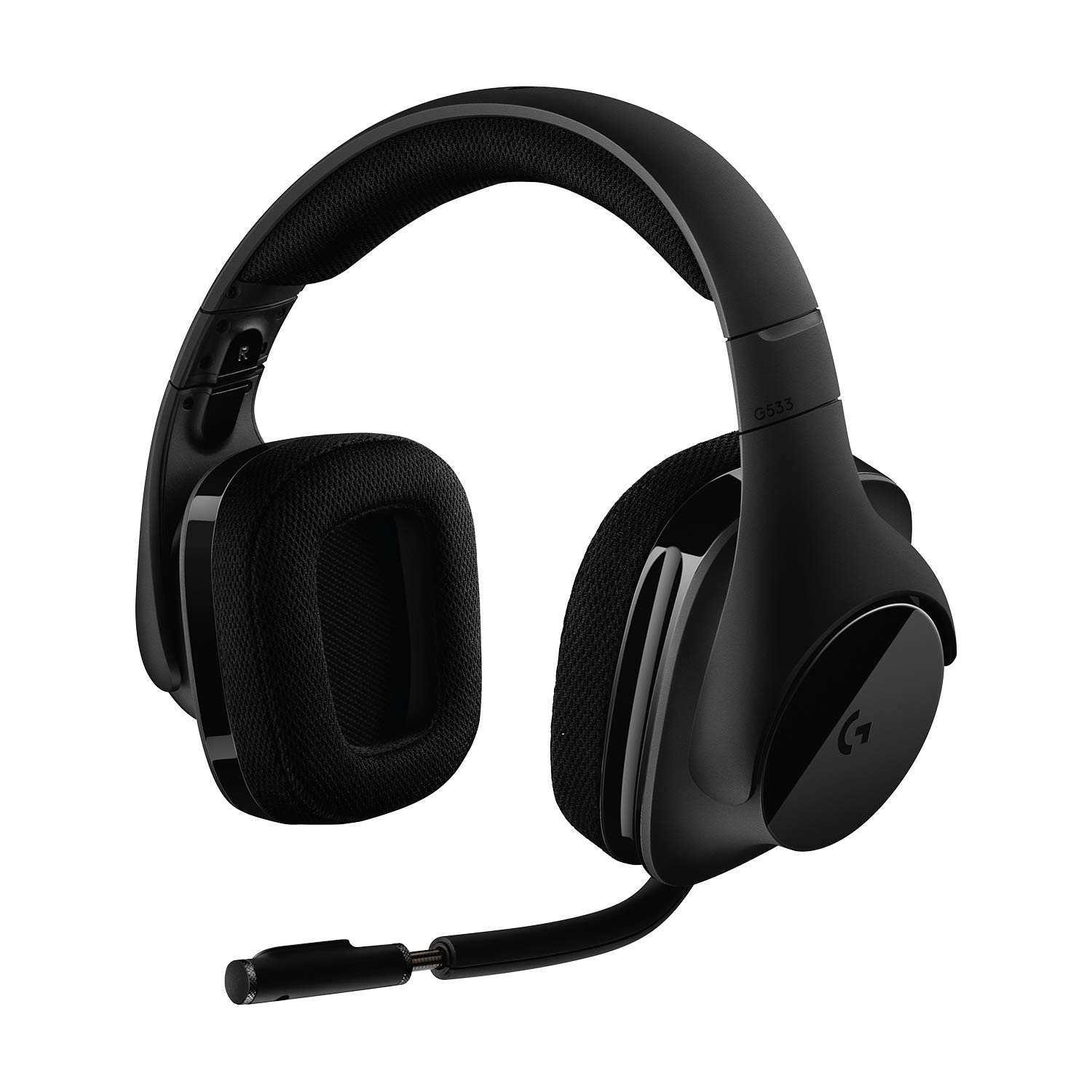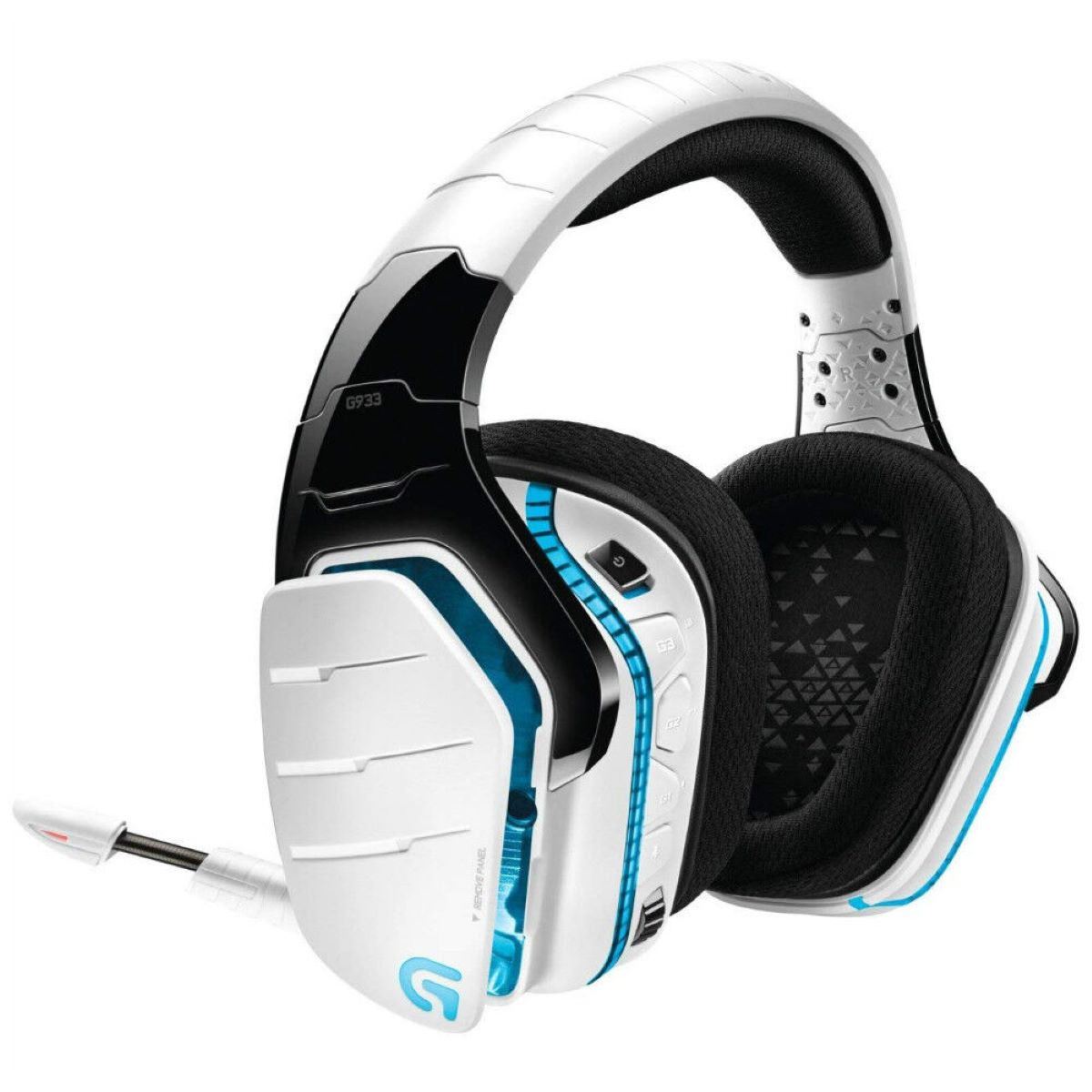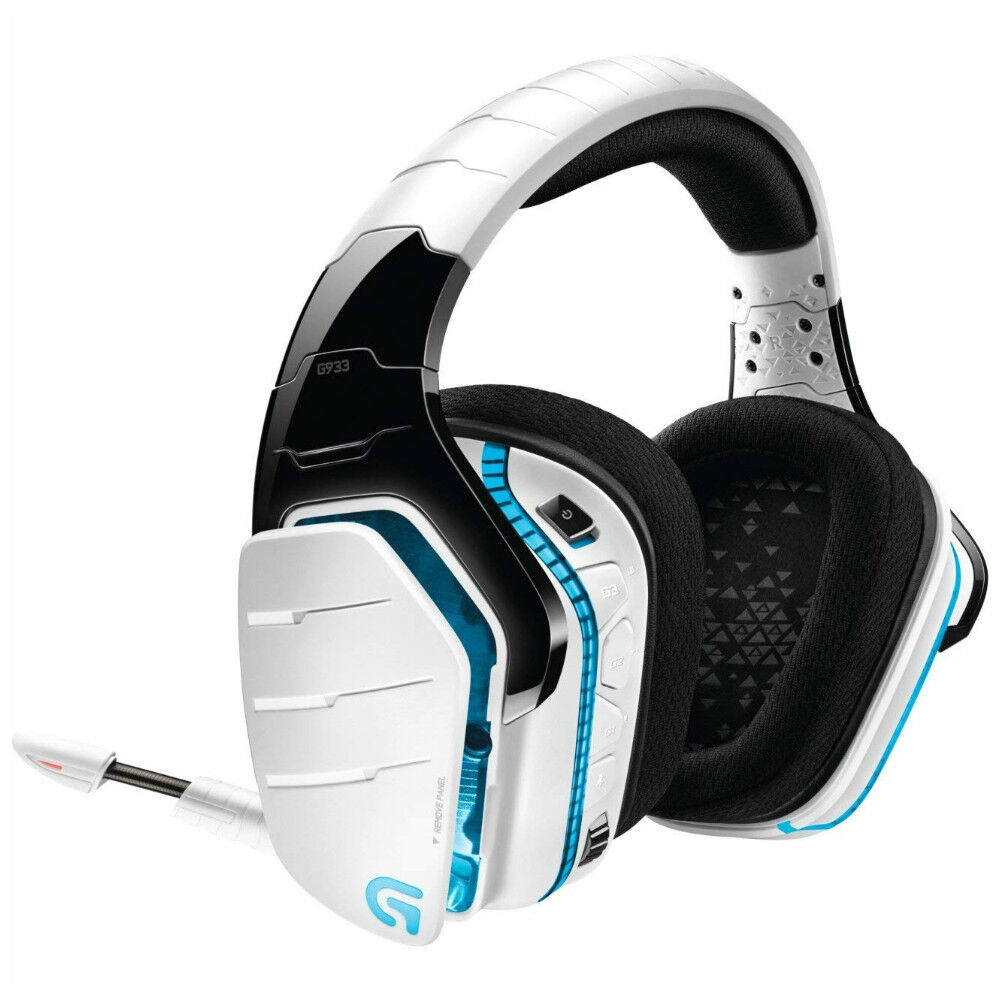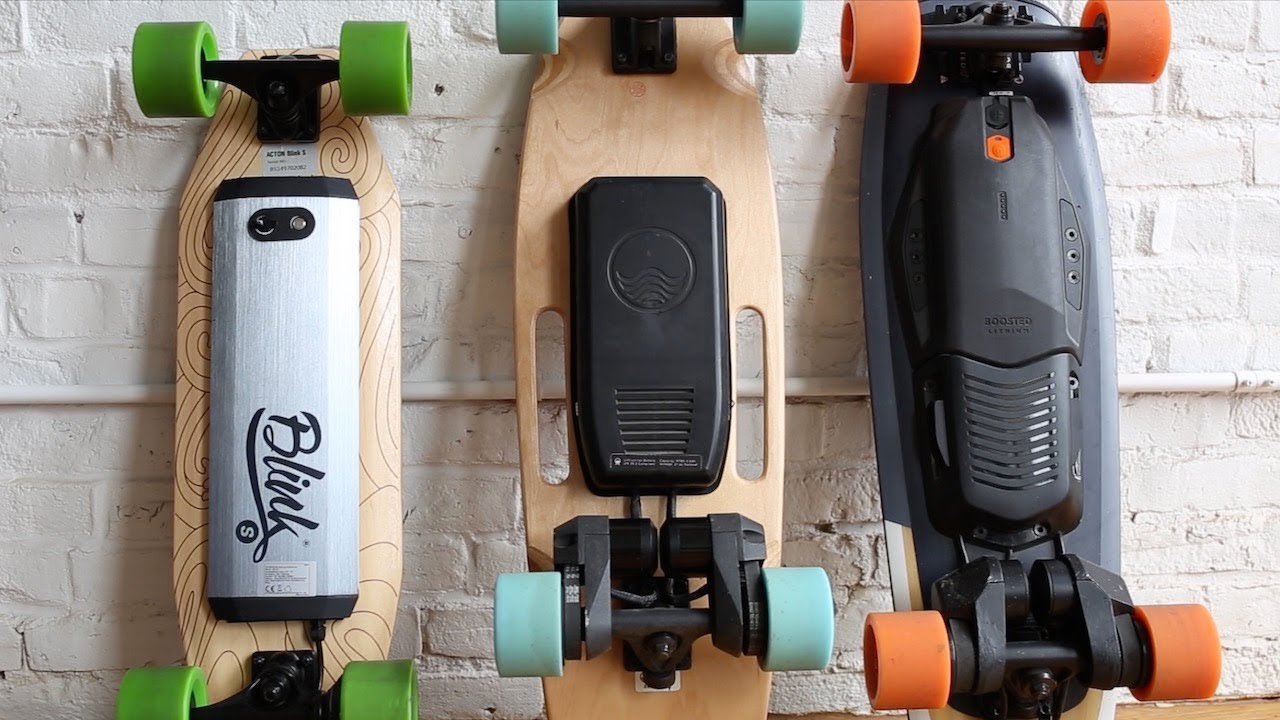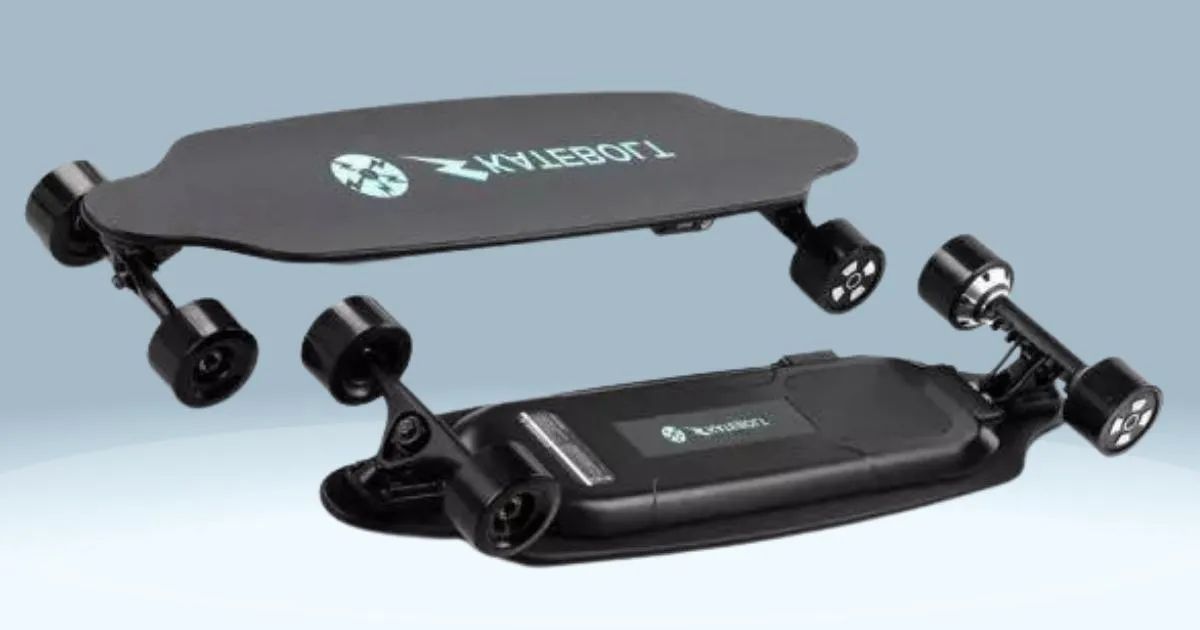Introduction
Welcome to the world of portable power banks! In this digital age, where our reliance on electronic devices is ever-increasing, having a reliable power source on the go is essential. A power bank can be a lifesaver in situations where you don’t have immediate access to a power outlet. One popular option is a 2200mAh power bank, known for its compact size and ability to provide emergency charges.
A 2200mAh power bank is a portable device that stores electrical energy and can be used to charge various electronic devices, such as smartphones, tablets, and MP3 players. Its capacity is measured in milliampere-hours (mAh), which indicates how much charge it can store. The higher the mAh rating, the more charge the power bank can hold, and the more devices it can charge before needing to be recharged itself.
Now, you might be wondering, how many charges can a 2200mAh power bank provide? Well, the answer is not as straightforward as you might think. The number of charges depends on several factors, including the battery capacity of the device being charged, the efficiency of the power bank, and the charging speed. In this article, we will delve deeper into these factors to help you understand how many charges you can expect from a 2200mAh power bank.
What is a 2200mAh Power Bank?
A 2200mAh power bank is a portable external battery pack that allows you to charge your electronic devices on the go. It is a compact and lightweight device that can easily fit into your pocket, purse, or backpack, making it a convenient choice for travelers, outdoor enthusiasts, and anyone who needs a reliable source of power when away from a traditional power outlet.
The “mAh” in the term stands for milliampere-hours, which represents the battery capacity of the power bank. A 2200mAh power bank can hold up to 2200 milliampere-hours of electrical charge. This capacity signifies how much energy the power bank can store and subsequently deliver to your devices.
With a 2200mAh power bank, you can typically charge devices that have a lower battery capacity, such as smartphones, smartwatches, Bluetooth earphones, and small-sized tablets. It provides an additional source of power to keep your devices running when you don’t have immediate access to a wall outlet or when you’re on the move.
Most 2200mAh power banks come equipped with a built-in USB port, allowing you to connect a charging cable to your device. Some power banks also feature multiple USB ports, enabling you to charge multiple devices simultaneously. Additionally, many power banks offer fast charging technology, which accelerates the charging process and reduces charging time.
It’s important to note that a 2200mAh power bank may not be suitable for charging devices with higher battery capacities, such as laptops or larger tablets. These devices typically require power banks with higher capacities, such as 10000mAh, 20000mAh, or even higher, to provide sufficient power for a full charge.
Now that you have an understanding of what a 2200mAh power bank is, let’s explore how many charges you can expect from it under different circumstances.
How many charges can a 2200mAh Power Bank Provide?
When it comes to determining the number of charges a 2200mAh power bank can provide, it’s important to consider several factors. One of the crucial factors is the battery capacity of the device you want to charge. Different devices have varying battery capacities, and this directly affects the number of charges you can get from a power bank.
Let’s take smartphones as an example. The battery capacity of smartphones typically ranges from around 2000mAh to 4000mAh, depending on the model. With a 2200mAh power bank, you can expect to get a single full charge for most smartphones. However, keep in mind that the actual number of charges may vary due to factors such as the efficiency of the power bank and the charging speed.
It’s worth noting that if the power bank’s capacity is enough to fully charge your device multiple times, it doesn’t necessarily mean you will get that exact number of charges. Power banks are not 100% efficient, meaning some energy is lost during the charging process due to conversion and heat dissipation. Therefore, you might experience a slightly lower number of charges in reality.
Another factor that affects the number of charges is the power bank’s efficiency. Higher efficiency means more energy is transferred from the power bank to your device, resulting in more charges. In contrast, a less efficient power bank may provide fewer charges due to energy losses. Most reputable power banks have an efficiency rating of around 80-90%, but it’s always a good idea to check the specifications before making a purchase.
Charging speed can also impact the number of charges. If your device supports fast charging and the power bank has the capability to deliver that charging speed, you may get fewer charges due to the higher power output required. On the other hand, if your device does not support fast charging or you are using a power bank with a slower charging speed, you might get more charges.
Ultimately, the exact number of charges you can expect from a 2200mAh power bank will vary depending on the device you’re charging, the efficiency of the power bank, and the charging speed. It’s always a good idea to monitor your device’s battery capacity and the power bank’s available charge to gauge how many charges you can get in practical usage scenarios.
Factors that Affect the Number of Charges
Several essential factors come into play when determining the number of charges you can expect from a 2200mAh power bank. Understanding these factors can help you make the most efficient use of your power bank and manage your device’s battery life effectively:
1. Device Battery Capacity: The battery capacity of the device you are charging is one of the primary factors in determining the number of charges. Devices with larger battery capacities will require more energy to fully charge, reducing the number of charges you can get from your power bank.
2. Power Bank Efficiency: The efficiency of the power bank plays a role in the number of charges it can provide. Higher efficiency means less energy is lost during the charging process, resulting in more charges for your devices. Look for power banks with higher efficiency ratings to maximize the number of charges you can get.
3. Charging Speed: The charging speed, both of the power bank and the device being charged, can affect the number of charges. Fast-charging devices may require a higher power output, leading to fewer charges from a power bank. Conversely, slower charging speeds can result in more charges.
4. Quality and Capacity of the Power Bank: The quality and capacity of the power bank itself also impact the number of charges. Higher-quality power banks with larger capacities typically offer better performance and more charges. Opting for reputable brands known for their reliable power banks can ensure you get the most out of your device.
5. Battery Health and Condition: The health and condition of your device’s battery can affect its charging ability and overall lifespan. As batteries age, they may lose capacity, requiring more charging cycles or reducing the number of charges you can get from a power bank.
6. Usage and Power Consumption: How you use your device and the power consumption of its applications and features also impact the number of charges required. Activities like gaming, streaming, or using power-intensive apps can drain the battery quickly, resulting in fewer charges from a power bank.
By considering these factors, you can get a better understanding of the number of charges you can expect from a 2200mAh power bank and make informed decisions about using your devices and managing power bank usage.
Common Devices and Their Battery Capacities
When it comes to determining the number of charges you can get from a 2200mAh power bank, it helps to have an understanding of the battery capacities of common devices. Here are some examples of popular devices and their approximate battery capacities:
Smartphones: The battery capacities of smartphones can vary widely depending on the brand and model. On average, smartphones have battery capacities ranging from around 2000mAh to 4000mAh. High-end smartphones often have larger battery capacities, while budget-friendly or smaller-sized smartphones may have smaller capacities.
Tablets: Tablets generally have larger battery capacities compared to smartphones due to their larger screens and higher power consumption. Depending on the model, tablets can have battery capacities ranging from 4000mAh to 10000mAh or more.
Laptops: Laptops typically require more power compared to smartphones and tablets due to their more robust hardware and functionalities. Laptop battery capacities can range from 3000mAh for ultraportable laptops to 10000mAh or higher for high-performance laptops.
Smartwatches: Smartwatches have smaller battery capacities compared to smartphones and tablets due to their small size and limited functionality. The battery capacities of smartwatches generally range from around 200mAh to 500mAh.
Bluetooth Earphones/Headphones: Bluetooth earphones and headphones have relatively small battery capacities since they are designed for portability. Their battery capacities typically range from 50mAh to 200mAh, depending on the brand and model.
These are just a few examples of common devices and their battery capacities. It’s important to note that the actual battery capacity may vary depending on the specific model and manufacturer, so it’s always a good idea to check the device’s specifications to get accurate information.
Understanding the battery capacities of your devices can give you a better idea of how many charges you can expect from a 2200mAh power bank. It allows you to make informed decisions about whether your power bank is suitable for the devices you want to charge and how to manage your power bank’s usage effectively.
Calculation: How to Determine the Number of Charges
Calculating the approximate number of charges you can expect from a 2200mAh power bank requires some simple mathematical calculations. By following these steps, you can get a rough estimate of the number of charges based on the battery capacity of your device and the power bank’s capacity:
Step 1: Determine the battery capacity of your device. This information can usually be found in the device’s specifications or user manual. Let’s assume your device has a battery capacity of 3000mAh for this example.
Step 2: Divide the battery capacity of your device by the mAh capacity of the power bank. In this case, you would divide 3000mAh by 2200mAh, which gives you approximately 1.36.
Step 3: Round down the result to get a whole number. In this example, the result is 1.36, so you would round it down to 1 charge. This means that you can expect to get approximately 1 full charge for your device using a 2200mAh power bank.
It’s important to remember that this calculation provides an estimate and may not account for factors such as power bank efficiency, charging speed, and energy losses during the charging process. The actual number of charges may vary in real-world usage scenarios.
Additionally, if you plan to charge multiple devices or if you need more than one full charge, you should consider a power bank with a higher capacity. A 2200mAh power bank is more suitable for emergency or quick top-up charges rather than providing multiple full charges.
Keep in mind that the calculation method mentioned here applies specifically to the capacity of the power bank and the battery capacity of the device being charged. Other factors, such as power bank efficiency and charging speed, can also affect the number of charges you can get.
By using these calculations as a starting point, you can have a general idea of how many charges you can expect from a 2200mAh power bank and plan your charging needs accordingly.
Real-life Examples of 2200mAh Power Bank Charges
To give you a better understanding of the practical usage of a 2200mAh power bank, let’s explore some real-life examples of how many charges you can expect for different devices:
Example 1: Smartphone: If you have a smartphone with a battery capacity of 3000mAh, a 2200mAh power bank can provide approximately one full charge. This means you can extend your smartphone’s battery life by a full charge before needing to recharge the power bank.
Example 2: Bluetooth Earphones: Bluetooth earphones typically have smaller battery capacities compared to smartphones. With an average capacity of around 100mAh, a 2200mAh power bank can provide approximately 17 charges for Bluetooth earphones. This enables you to keep your earphones powered up for an extended period without needing to find a power outlet.
Example 3: Smartwatch: Smartwatches have even smaller battery capacities, usually ranging from 200mAh to 500mAh. With a 2200mAh power bank, you can expect to get around 4 to 11 charges for your smartwatch, depending on its battery capacity. This ensures that you can stay connected and track your activities without worrying about running out of battery.
Example 4: Tablet: Tablets typically have larger battery capacities compared to smartphones. With an average battery capacity of 5000mAh, a 2200mAh power bank can provide approximately half a charge for a tablet. This can be handy for topping up your tablet’s battery during long journeys or when you don’t have access to a power outlet.
It’s important to note that these examples are based on approximate calculations and real-world performance can vary based on factors such as power bank efficiency, charging speed, and energy loss during the charging process. Additionally, the number of charges can be influenced by individual usage patterns and the battery health of the device being charged.
By understanding how many charges you can expect for different devices, you can better plan your power bank usage and ensure you have enough power to keep your devices running when you need them.
Tips for Maximizing the Number of Charges
If you want to make the most out of your 2200mAh power bank and maximize the number of charges you can get, consider the following tips:
1. Charge Devices at Lower Power Levels: When using a power bank, it’s more efficient to charge your device when its battery level is lower rather than when it’s almost fully charged. This reduces the power bank’s energy waste and allows you to obtain more charges from its capacity.
2. Optimize Device Settings: Adjusting your device’s settings can help conserve battery life and prolong its usage on a single charge. Lowering screen brightness, disabling unnecessary notifications, and closing background apps can reduce power consumption, meaning you’ll need fewer charges from your power bank.
3. Disconnect Devices after Full Charge: Once your device is fully charged, disconnect it from the power bank to prevent unnecessary energy loss. Leaving devices connected even after they’ve reached full charge can deplete your power bank’s capacity faster, resulting in fewer overall charges.
4. Invest in a High-quality Power Bank: Choosing a high-quality power bank with good efficiency and reliable performance can optimize the charging process and ensure maximum power transfer. Look for power banks from reputable brands known for their efficiency and durability.
5. Check for Power Bank Compatibility: Ensure that your device and the power bank are compatible in terms of charging speed and output. Some devices require higher charging speeds, which may result in fewer charges from a 2200mAh power bank. Match the power bank’s capabilities with your device’s charging requirements for optimal performance.
6. Store the Power Bank Properly: Proper storage of your power bank can help maintain its performance and capacity. Avoid exposing it to excessive heat or extreme temperatures, as it can affect the overall lifespan and efficiency of the power bank.
7. Regularly Recharge the Power Bank: Keeping your power bank charged and ready for use is essential. Regularly recharge your power bank even if you haven’t fully drained it to ensure it’s always available when you need it. This practice can help maintain its capacity and performance over time.
8. Consider a Higher-capacity Power Bank: If you find that a 2200mAh power bank is not meeting your charging needs, consider upgrading to a power bank with a higher capacity. Higher-capacity power banks provide more charges and can better accommodate devices with larger battery capacities.
By incorporating these tips into your power bank usage, you can optimize the number of charges you can get from your 2200mAh power bank and ensure you have the necessary power to keep your devices running whenever and wherever you need them.
Conclusion
Having a 2200mAh power bank can be a lifesaver when you need to charge your electronic devices on the go. While it may not have the highest capacity compared to larger power banks, a 2200mAh power bank still provides a reliable and convenient backup power source.
Throughout this article, we’ve explored what a 2200mAh power bank is, how many charges it can provide, the factors that affect the number of charges, and real-life examples of its usage. We’ve also provided tips to help you maximize the number of charges you can get from your power bank.
It’s important to keep in mind that the number of charges can vary depending on factors such as device battery capacity, power bank efficiency, charging speed, and individual usage patterns. Additionally, always check the specifications and compatibility between your device and the power bank for optimal performance.
Whether you are a frequent traveler, outdoor enthusiast, or just someone who wants to stay connected on the go, a 2200mAh power bank can provide the backup power you need to keep your devices running throughout the day.
So, next time you’re planning a trip, heading out for an adventure, or simply need some extra power, don’t forget to bring along your trusty 2200mAh power bank. Stay powered up and enjoy the convenience of staying connected, no matter where you are.









